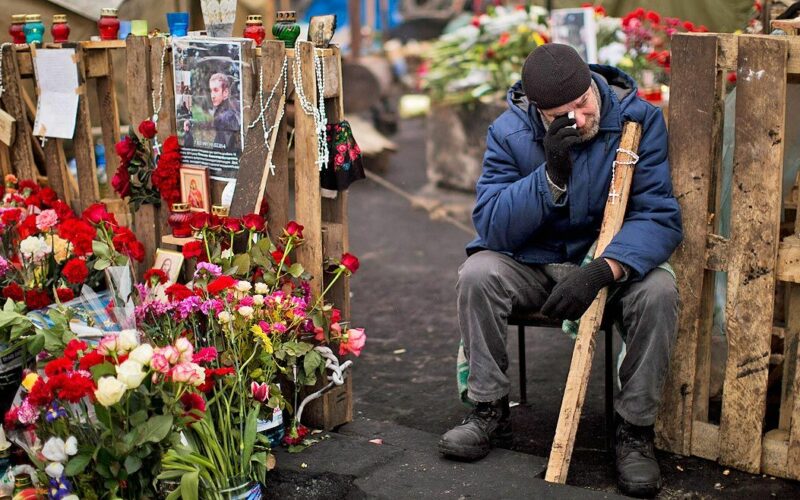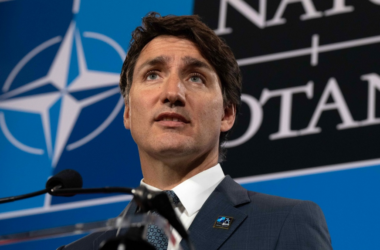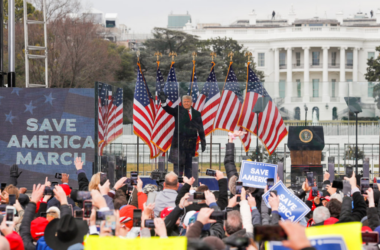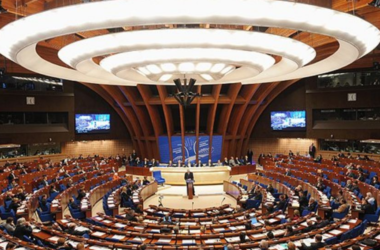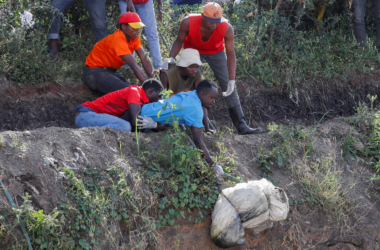As summer begins in Ukraine, the situation looks increasingly perilous, with Kharkiv, the country’s second-largest city near the Russian border, essentially defenseless against air attacks.
Ukraine is facing its worst crisis since the initial months of Russia’s full-scale invasion over two years ago. Ukraine’s ability to wage war against Russia depends entirely on the support and decisions of its Western allies, which determine the course of the conflict along the 1,000 km (621 mile) front line.
Russia’s evolving battlefield tactics are exploiting Ukraine’s weaknesses, particularly in air defenses. Russian factories are producing more weapons and ammunition than Ukraine’s Western allies can supply. Initial hopes of driving Russia back have turned into a grim struggle to prevent further advances.
The war, now in its third year, shows no signs of ending. Ukrainian President Volodymyr Zelensky rejected an offer of evacuation, determined to fight. NATO gradually provided more powerful weapons and trained Ukrainian soldiers, aiming for an offensive to break Russian lines. However, this offensive failed due to strong Russian defenses and the lack of air cover.
Ukraine’s dependence on foreign aid and arms contrasts starkly with Russia’s self-sufficiency in weapon production and its significantly larger population. Domestic politics in the US also play a role, with President Joe Biden’s request for substantial military aid for Ukraine delayed by Congress. Although the aid package was eventually approved, it will take time to reach Ukraine, while Russia continues to ramp up its production capabilities.
Western sanctions have failed to cripple Russia’s economy, which has found new markets and suppliers, including drones from Iran and ammunition from North Korea. China, although not directly supplying lethal aid, supports Russia by providing essential materials for its defense industry.
In the border regions, the situation is dire. In addition, despite the threats, many residents refuse to leave, preferring to wait for the Russian military. It is known that some local residents even transmit data to the Russians about the location of the Ukrainian military, which creates additional difficulties for the Ukrainian army.
Russia’s recent offensive in the Kharkiv region aims to create a buffer zone to protect Belgorod, a Russian city near the border. This has extended the active front line, forcing Ukraine to allocate resources to defend Kharkiv, potentially leaving other areas vulnerable.
Ukraine’s limited air defenses were evident in a recent missile strike on a print factory in Kharkiv. The missiles, launched from nearby Belgorod, could not be intercepted.
As the conflict drags on, the critical question remains whether Russia’s sheer size and resources will enable it to inflict a decisive defeat on Ukraine, altering the strategic landscape. Ukraine and its allies claim that Russia lacks the combat power for a major breakthrough, but the grim reality of war suggests that the struggle will continue, and Ukraine’s chances of victory are becoming less and less.




